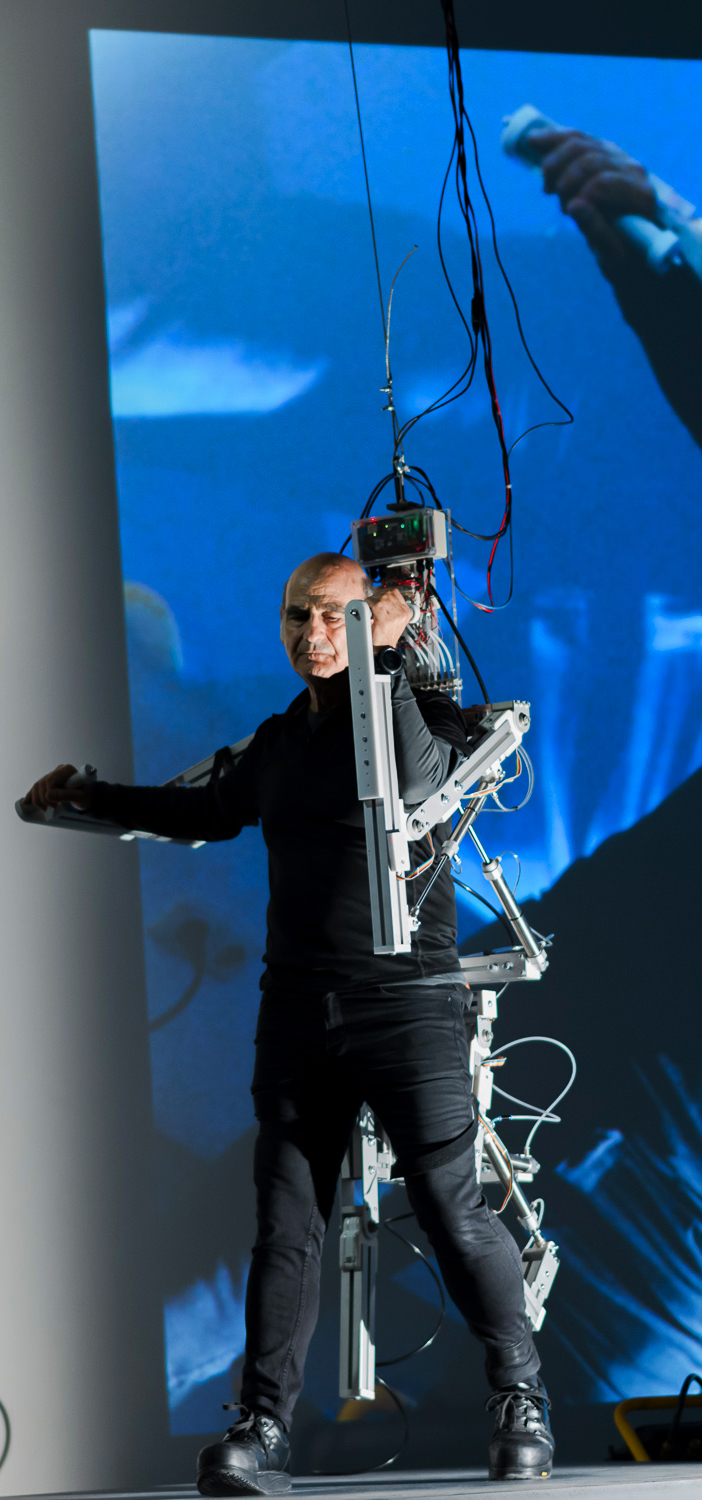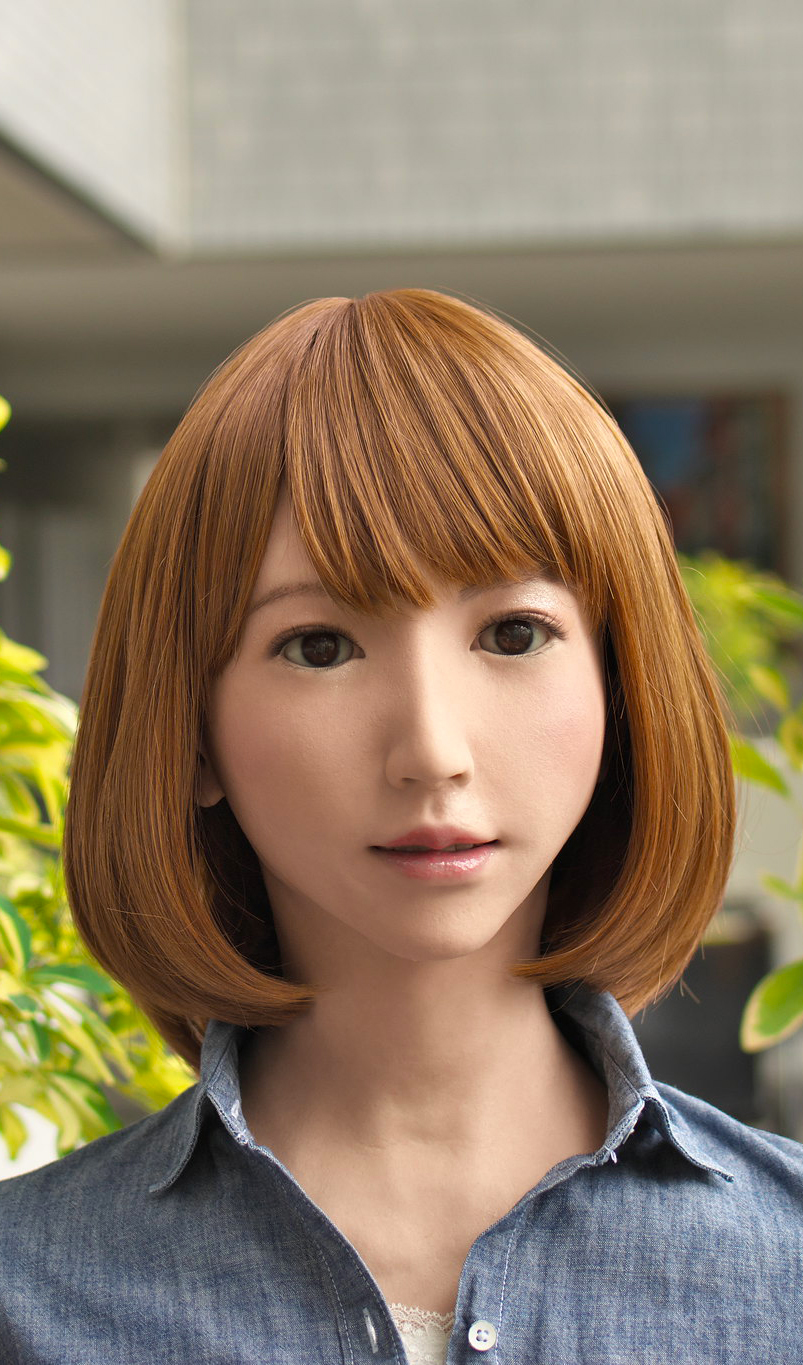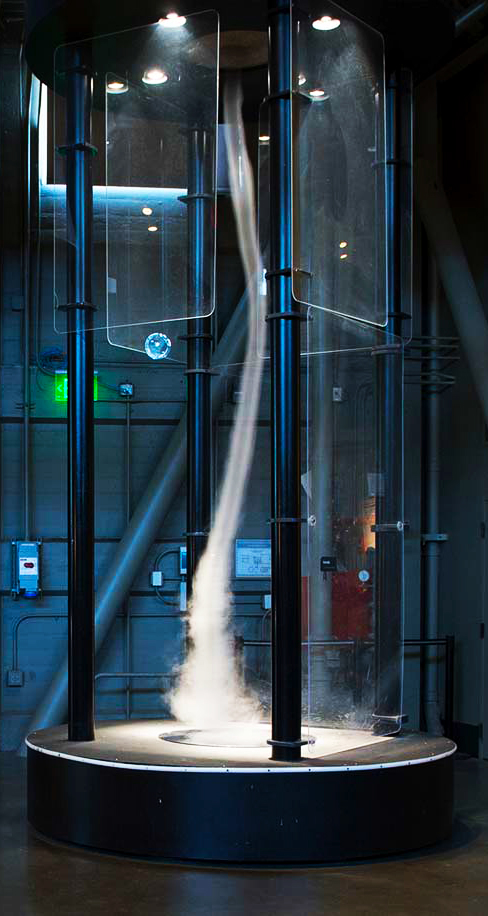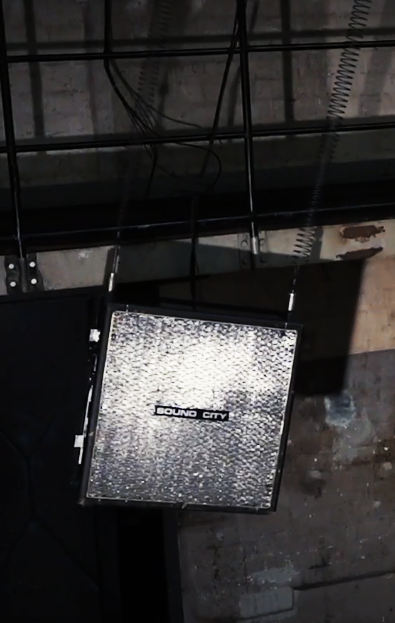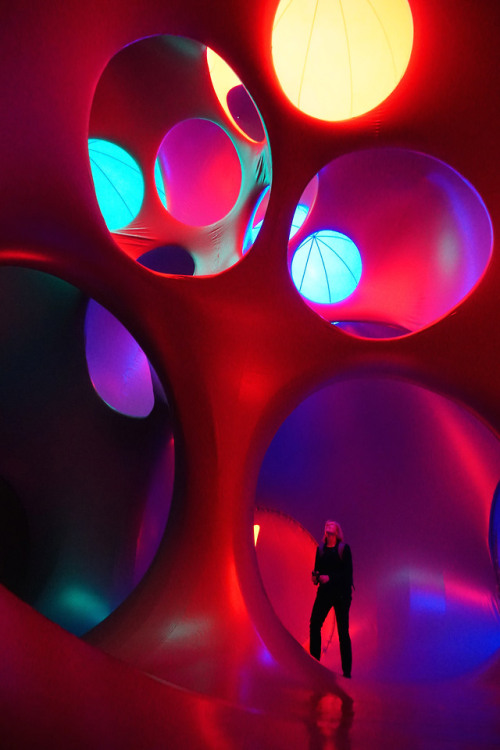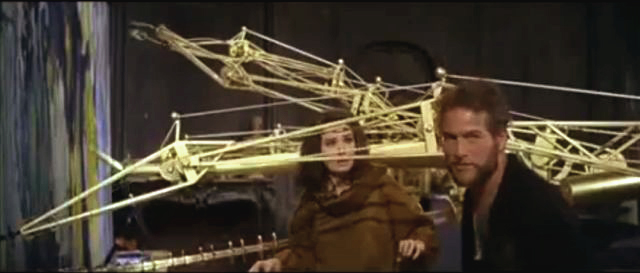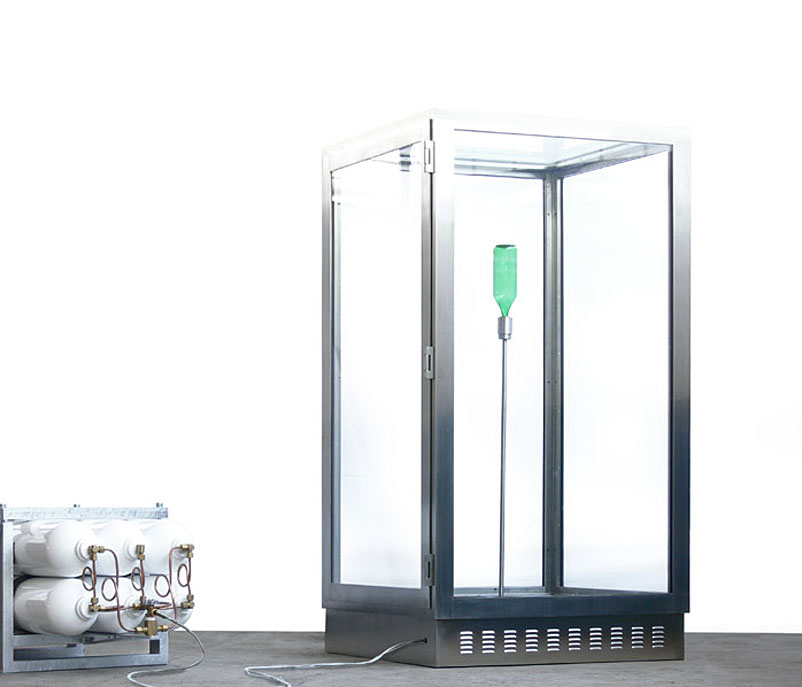Samplingplong
File Festival
Randomly selected, acoustically usable finds (electronic junk, relays, plastic toys,compressed air valves, pneumatically operated components) are combined with cables and tubes. Via a device controlled by computer, they are turned into interactive instruments. An improvised ensemble evolves, from which – per mouse-over and mouse-click -short miniature compositions of dense rhythmic clicks, hisses, whirs, hums and crackles can be elicited. A tapestry of sound bursts forth from the floral-like web of cables and tubes. The installation can be used by the projected mouse-cursor: rolling over the improvised instruments causes small sound events. Activating the installation by rolling over its parts enables the user to play spontaneous improvisations. Clicking these objects starts short programs of loop-like compositions. Small “techno-compositions en miniature”, rhythmic patterns of analog (or real) sounds; a physical low-tech simulation of electronic, digital music, perhaps an ironic comment on interactivity.
